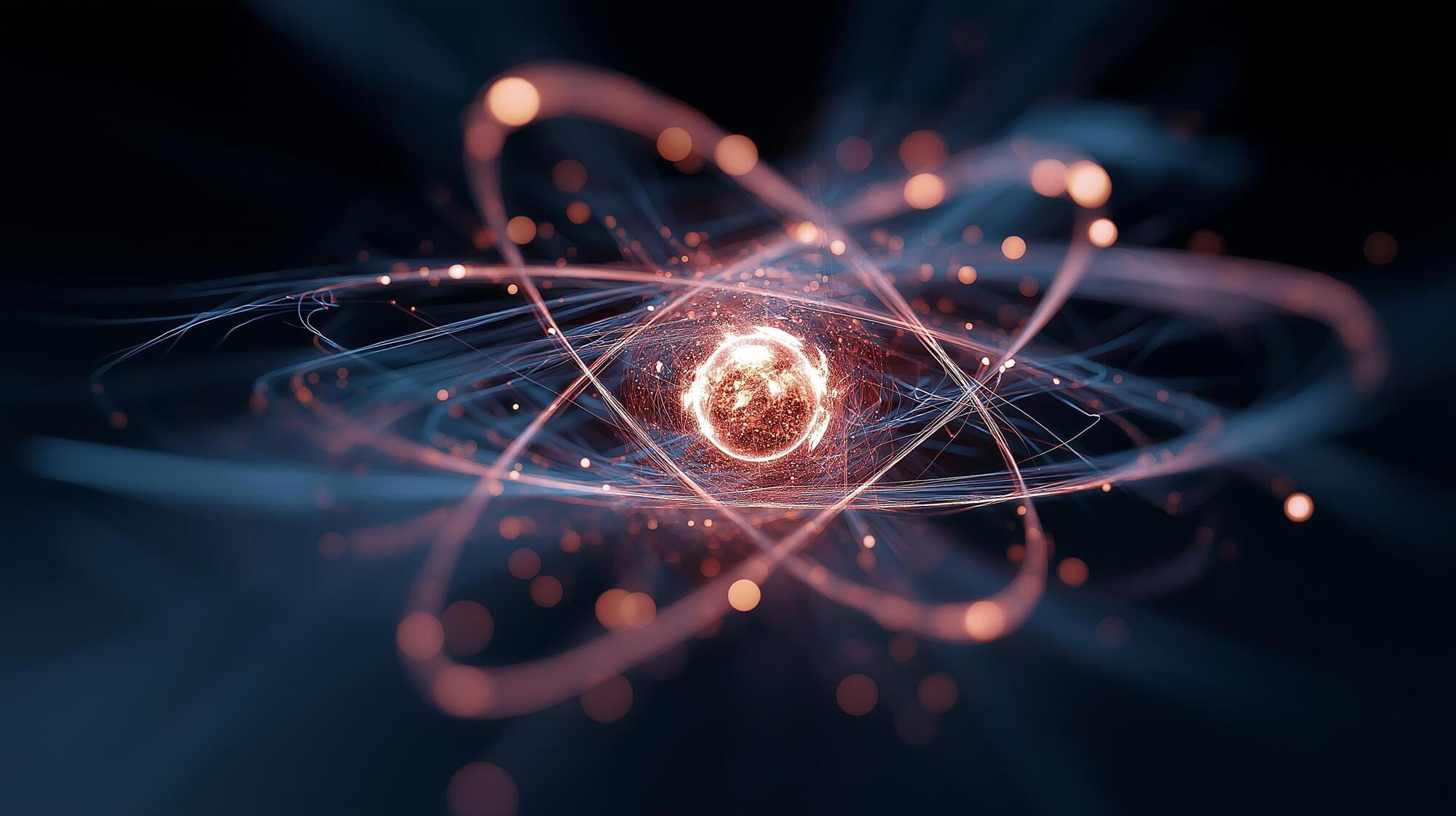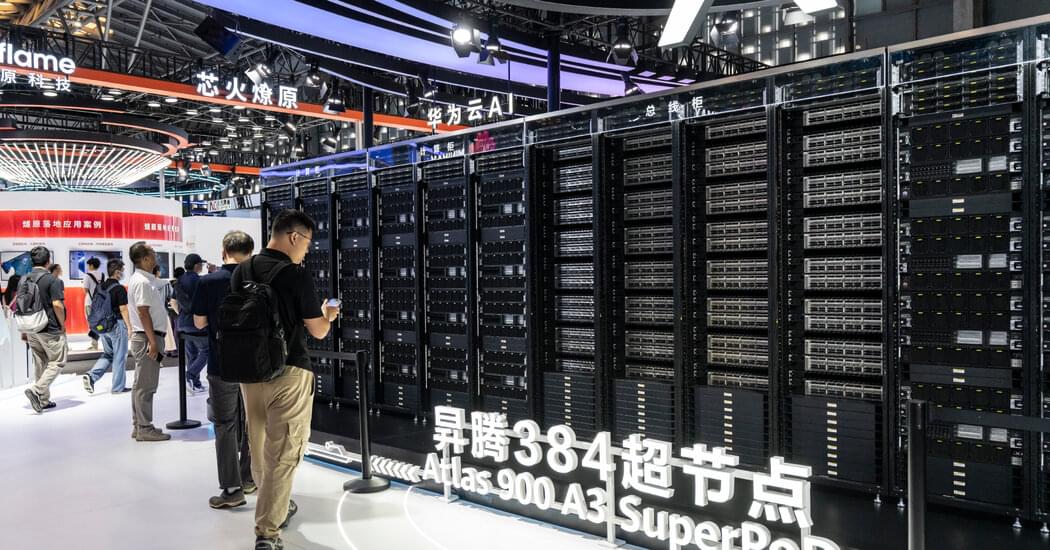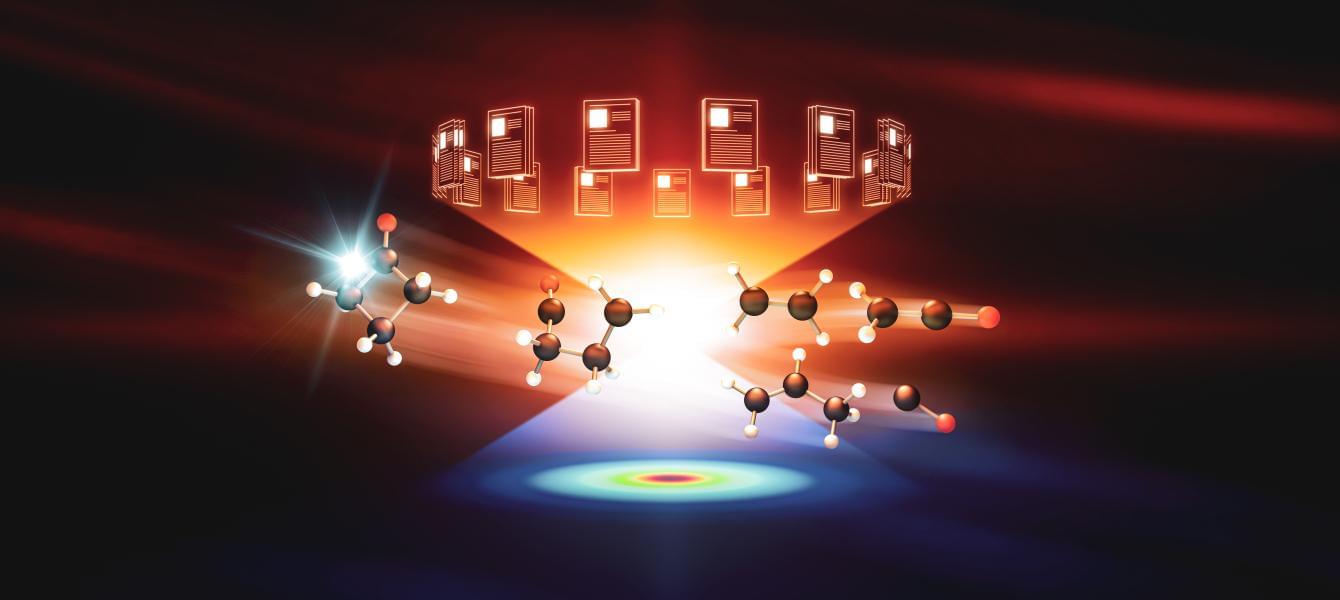Earth4Earth’s innovative bricks capture and permanently store CO2 using excavated soil and a unique low-emission binder.



Fable, a San Francisco-based startup, has created a new streaming service called Showrunner, which is touted as «Netflix with AI». Its main feature is that viewers can create scenes or entire episodes for TV shows from scratch — using simple text prompts for artificial intelligence. The idea may seem dubious, but a tech giant like Amazon believed in the project’s potential and invested an undisclosed amount in Fable and the development of streaming.
Showrunner currently operates in closed alpha version with 10,000 users (another 100,000 are on the waiting list) and offers two original «shows» — storyworlds with characters that users can direct into different narrative arcs.
The first, titled «Exit Valley», is described as a «Family Guy-style television comedy set in Sim-Francisco, poking fun at artificial intelligence leaders Sam Altman, Elon Musk, and others». Second, «Everything Is Fine», in which a husband and wife have a big fight while going to Ikea, and then are transported to a world where they are actually divorced and have to find each other.

Researchers at Microsoft tried to determine which precise jobs are most and least likely to be replaced by generative AI — and the results are bad news for anyone currently enjoying the perks of a cushy desk job.
As detailed in a yet-to-be-peer-reviewed paper, the Microsoft team analyzed a “dataset of 200k anonymized and privacy-scrubbed conversations between users and Microsoft Bing Copilot,” and found that the occupations most likely to be made obsolete by the tech involve “providing information and assistance, writing, teaching, and advising.”
The team used the data to come up with an “AI applicability score,” an effort to quantify just how vulnerable each given occupation is, taking into consideration how often AI is already being used there and how successful those efforts have been.

By one major metric, artificial general intelligence is much closer than you think.



How does your brain decide where to store a brand-new piece of information—like a new face, word, or concept? In this video, we’ll explore a working neural circuit that demonstrates how cortical columns could be allocated dynamically and efficiently—using real spikes, real timing, and biologically realistic learning rules. Instead of vague theories or abstract algorithms, we’ll show a testable mechanism that selects the first available cortical column in just 5 milliseconds, highlighting the incredible speed and parallelism of the brain. This is a crucial first step in building intelligence from the ground up—one circuit at a time.
Useful links:
The Future AI Society: https://futureaisociety.org.
The Brain Simulator III (UKS) project: https://github.com/FutureAIGuru/BrainSimIII
The Brain Simulator II (Neural Simulator) project: https://github.com/FutureAIGuru/BrainSimII
Overview Video: https://youtu.be/W2uauk2bFjs.
More Details Video: https://youtu.be/6po1rMFZkik.
How the UKS Learns Video: https://youtu.be/Rv0lrem3lVs.
